How to Write a Waiting List Letter Template
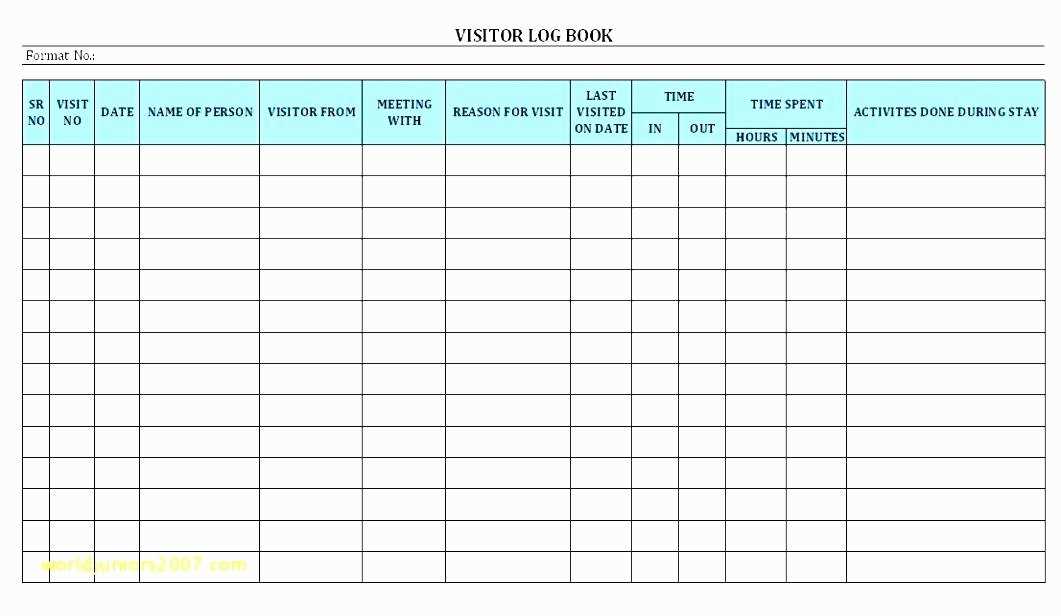
In many situations, businesses may need to inform clients about waiting periods or delays in providing services. Clear and professional communication is essential to manage expectations and maintain customer satisfaction. Crafting the right message ensures that your audience understands the situation and feels valued despite the inconvenience.
Such communication can be crucial in industries where demand exceeds supply, such as healthcare, hospitality, or retail. A well-crafted message provides transparency and helps foster trust between you and your customers. By using a structured approach, you can address the delay or waiting period in a way that keeps the customer informed while maintaining a positive relationship.
Effective communication strategies not only help manage disappointment but also give your clients a clear sense of when they can expect to be served. This approach not only reduces confusion but also builds loyalty. A thoughtful and polite notification shows that you respect your clients’ time and business.
Why a Waiting List Letter Matters
Clear communication during times when demand exceeds supply is essential for any business. Informing customers about delays or the need to wait not only helps manage their expectations but also maintains trust and goodwill. When clients are informed in a professional manner, they are more likely to understand the situation and continue their relationship with your brand.
Building Trust with Clients
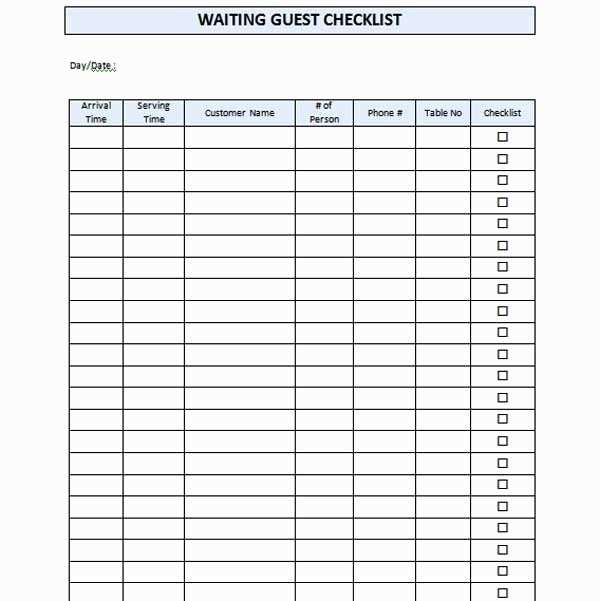
When businesses are upfront about delays or long wait times, it shows respect for the customer’s time. Providing this transparency allows the client to plan accordingly, reducing frustration and confusion. A well-worded communication can turn a potentially negative experience into an opportunity for customer loyalty, as it demonstrates reliability and responsibility.
Maintaining a Professional Image
Sending a courteous and organized notification reflects positively on your company’s reputation. It assures customers that despite the delay, their needs are still important. Whether it’s a temporary backlog or a longer wait due to high demand, effective messaging helps preserve a professional image, reassuring customers that they are in good hands.
Crafting a Professional Waiting List Message
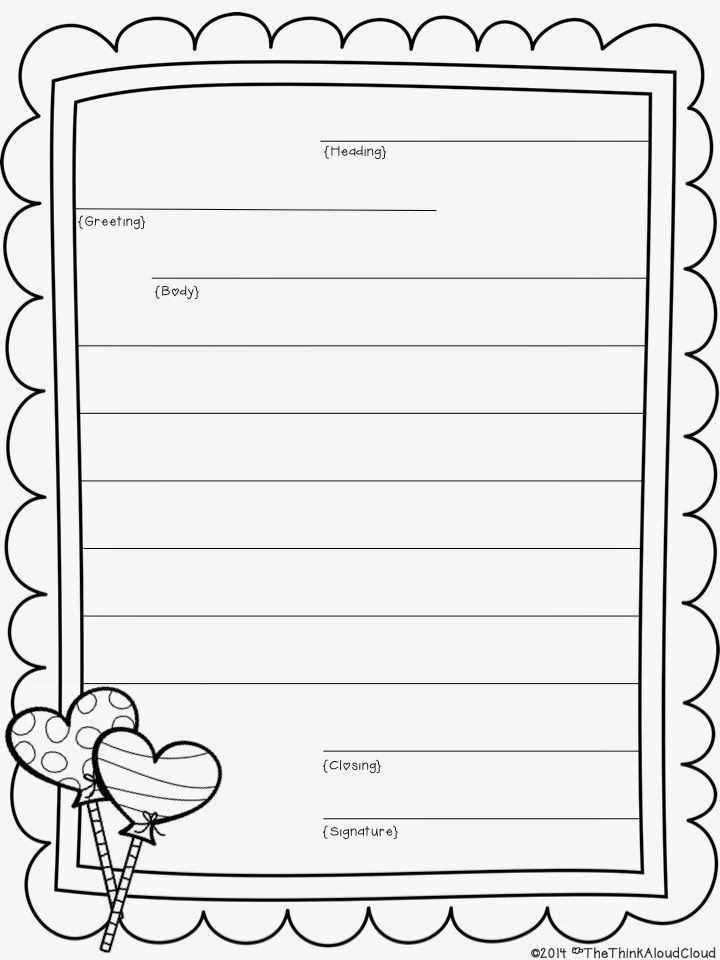
When communicating delays or extended waiting periods to clients, it’s important to maintain a professional and courteous tone. The message should be clear, respectful, and show empathy for the inconvenience the customer may face. A well-crafted message helps to reassure clients that their concerns are heard, and it sets the right expectations for when they can expect service.
Here are some key elements to include when drafting an effective notification:
| Element | Description |
|---|---|
| Opening Line | Start with a friendly greeting and a brief acknowledgment of the delay. |
| Reason for Delay | Provide a short explanation of why there is a waiting period without overloading with details. |
| Expected Timeline | Offer an estimated timeframe for when the client can expect to be served or contacted. |
| Alternative Solutions | If applicable, suggest alternatives to address the customer’s immediate needs. |
| Closing | Thank the client for their understanding and reinforce your commitment to providing excellent service. |
By including these key points, you ensure that your message is informative and maintains a positive, customer-friendly tone. A professional communication strategy helps minimize any frustration, creating a better overall experience despite the wait.
Key Elements of a Waiting List Letter

Effective communication is essential when informing clients about delays or extended wait times. The right message should contain specific details that help clients understand the situation while maintaining a positive relationship. Key elements, such as clarity, empathy, and a clear timeline, are crucial to delivering an effective and professional response.
Clear and Concise Information
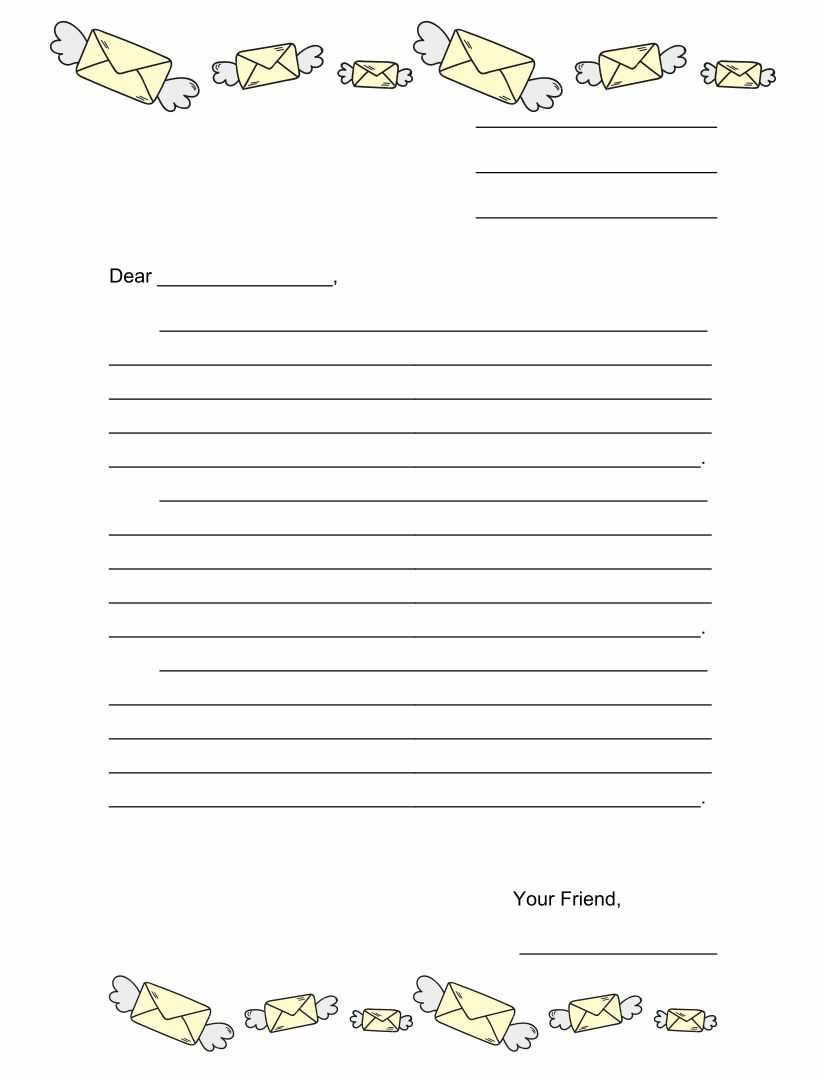
One of the most important aspects of an effective message is clarity. Customers should be able to easily understand the reason for the delay and the anticipated wait time. Providing unnecessary details can create confusion or frustration, so focus on what’s most relevant. Being transparent about the situation ensures that the client feels informed and respected.
Polite and Empathetic Tone
Acknowledging the inconvenience caused by a delay is key to maintaining a positive rapport with customers. A polite and empathetic tone can help alleviate any frustration, showing that you understand their concerns. Thanking the client for their patience and expressing appreciation for their understanding reinforces goodwill.
How to Address Recipients Properly
When communicating about delays or periods of waiting, it is important to address the recipient with respect and professionalism. The way you begin your message sets the tone for the entire communication. Properly addressing the recipient ensures that they feel acknowledged and valued, even if the message concerns an inconvenience.
Here are some tips for addressing recipients correctly in a professional message:
- Use Formal Titles: Always begin with the appropriate title (Mr., Mrs., Dr., etc.) unless you’re certain that a more casual approach is acceptable.
- Be Specific: If you’re addressing a group, be clear about the individuals you are reaching out to, such as “Dear Valued Customers” or “Dear Patient,” for a personalized touch.
- Use the Recipient’s Name: If possible, addressing the individual by their name creates a more personal connection and shows that you are speaking directly to them.
- Maintain Consistency: Keep the tone consistent throughout the message, using formal or semi-formal language as appropriate for your relationship with the recipient.
By following these guidelines, you ensure that your communication is professional, clear, and respectful, fostering a positive relationship even in the face of delays or inconvenience.
Best Practices for Writing a Clear Letter
When crafting a message about delays or periods of waiting, clarity is key. It’s important to communicate the necessary details in a way that is both straightforward and easy to understand. This ensures that recipients are not left confused or frustrated, but instead feel well-informed and respected throughout the process.
To write an effective and clear communication, consider the following best practices:
- Be Concise: Keep your message short and to the point, focusing only on the most relevant information. Avoid unnecessary jargon or excessive detail that might cloud the main message.
- Use Simple Language: Use straightforward language that is easy for the reader to understand. Avoid complex terms or industry-specific language unless necessary, and if you do use them, explain them clearly.
- Structure Your Message: Organize your message logically. Start with the most important information, followed by an explanation, and end with any necessary details like next steps or timelines.
- Be Transparent: Provide clear reasons for the delay or wait time. Transparency builds trust and ensures that the recipient understands the situation rather than feeling uncertain.
- Provide Clear Next Steps: Let the recipient know what actions they can expect and when. This reduces anxiety and helps them plan accordingly.
By following these best practices, you ensure that your communication is clear, direct, and easy to follow, creating a positive experience for the recipient even during inconvenient times.
Maintaining a Positive Tone in Communication
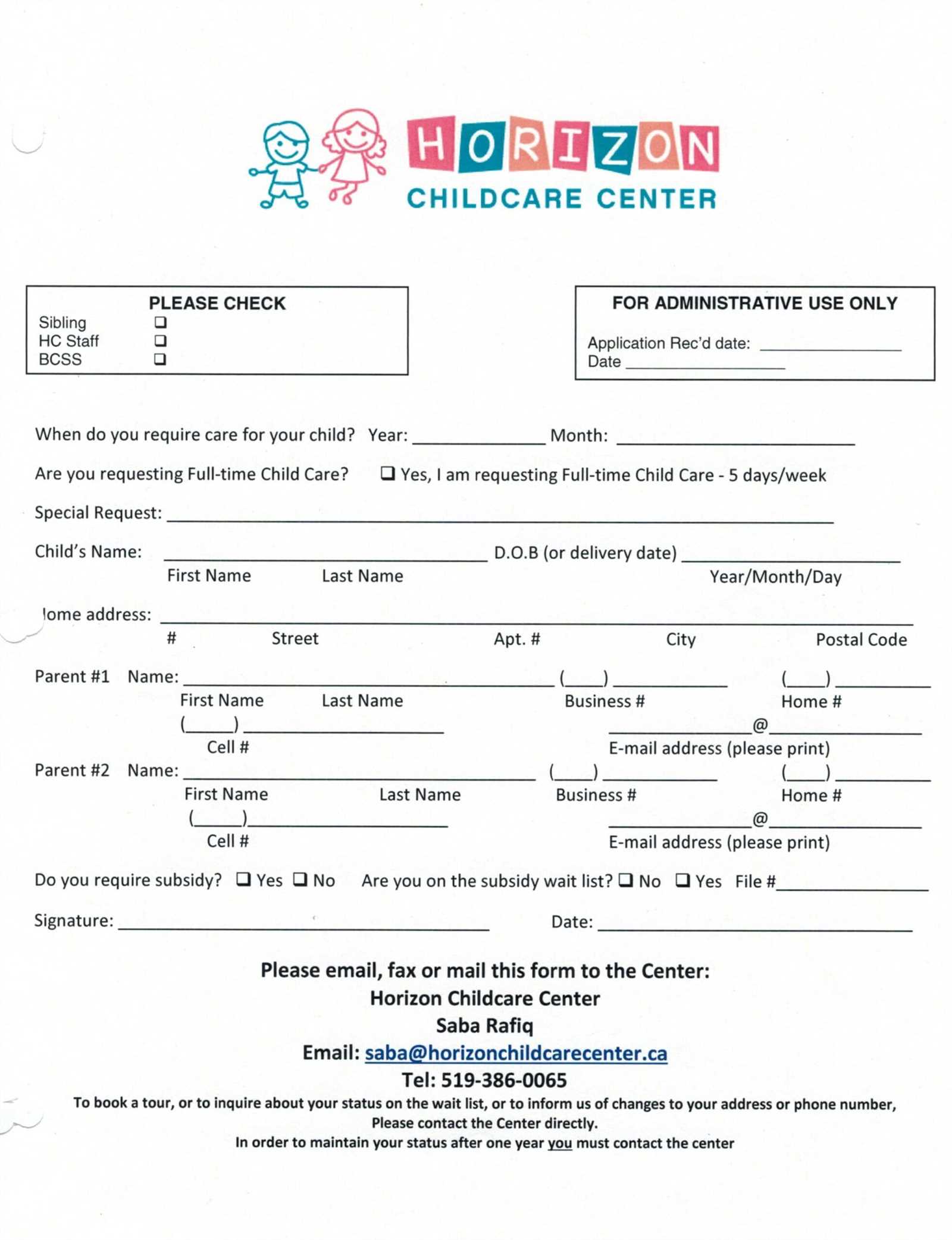
When delivering information about delays or extended waiting times, the tone of your message plays a crucial role in how the recipient perceives the situation. A positive, reassuring tone helps mitigate any potential frustration and demonstrates that you value the recipient’s time and concerns. Even in situations where the news may not be ideal, a kind and professional approach can turn a potentially negative experience into a more acceptable one.
To maintain a positive tone, it’s important to focus on the following elements:
- Express Gratitude: Start by thanking the recipient for their patience and understanding. This sets a respectful and appreciative tone from the outset.
- Be Empathetic: Acknowledge any inconvenience the recipient may experience due to the delay. Showing empathy helps the recipient feel heard and understood.
- Use Positive Language: Frame your message in a way that highlights the benefits or steps you’re taking to address the situation. For example, use phrases like “We are working diligently to resolve this as quickly as possible” instead of focusing on the delay itself.
- Offer Assurance: Reassure the recipient that their needs are a priority. This helps maintain confidence in your ability to deliver on promises despite the waiting period.
By incorporating these elements, you ensure that your communication remains friendly, professional, and focused on providing a positive experience even when delivering less-than-ideal news.